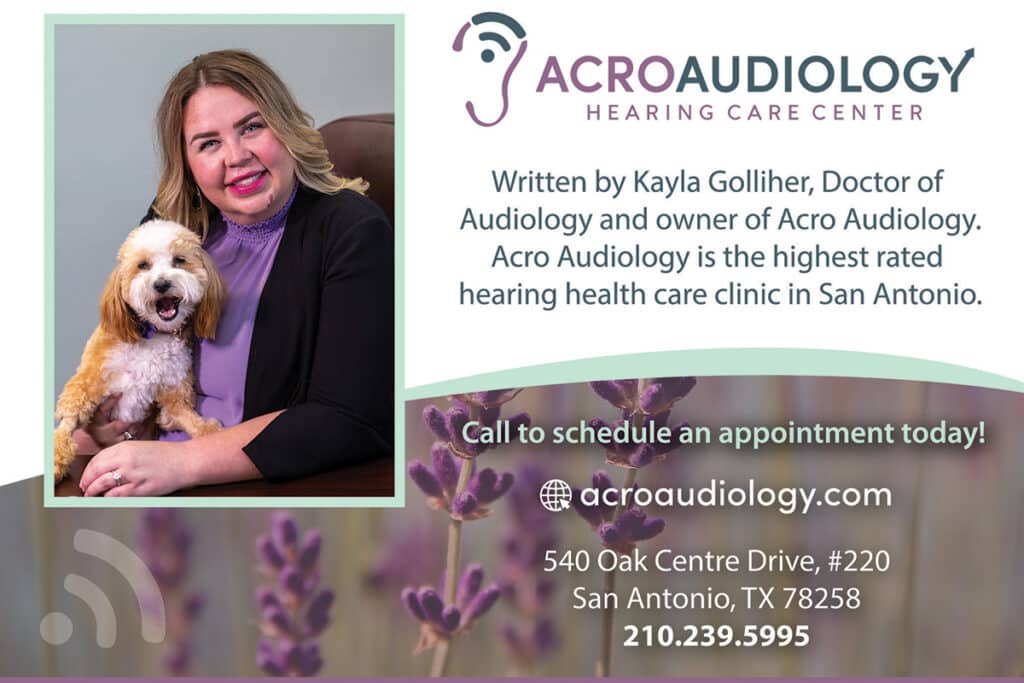Misconceptions of sleep apnea are common, with many believing it is more prevalent in men, and why many women tend to be misdiagnosed. Simply put, men and women are different. The symptoms of sleep apnea can present quite differently in women than in men.
Experts Avie Grunspan, MD with Texas Pediatric Specialties and Family Sleep Center, and Ruben Avalos with Sleep Easy Dentistry, share their expertise on sleep apnea, including common symptoms and treatments geared towards women.
Sleep apnea is an involuntary cessation of breathing that occurs while the patient is asleep. The Greek word “apnea” literally means “without breath”. There are three types of sleep apnea: obstructive, central, and mixed. Of the three, obstructive sleep apnea, is the most common. “Obstructive sleep apnea is a condition in which the throat partially or completely collapses causing a temporary drop in oxygen and/or sleep disruption,” says Dr. Grunspan. “It can result in waking up feeling sleepy, and can contribute to medical illnesses. While this is commonly felt to be a condition in overweight middle-aged men, it is often unrecognized in women who may present different symptoms. Therefore, it is often overlooked in women.” Research shows that men are more likely to have obstructive sleep apnea at a ratio of 4:1. “There’s a major stigmatism about sleep apnea, that if I am younger, healthier, or just an overall healthy person, it’s impossible for me to have sleep apnea,“ says Ruben Avalos. “That couldn’t be more wrong.”
Typical symptoms of sleep apnea include snoring, gasping for air, choking, observable pauses in breathing by the partner, increased frequency of urination at night, waking up with a dry mouth, morning headaches, difficulty focusing, and daytime sleepiness. Women may have additional symptoms which might be overlooked, including insomnia, restless sleep, frequent awakenings, heartburn, daytime irritability, anxiety, depression, forgetfulness, lack of energy, and generalized fatigue. Women who are pregnant are at higher risk for developing sleep apnea possibly associated with weight gain and changes in upper airway anatomy. This can lead to gestational diabetes and high blood pressure of pregnancy, or preeclampsia.
“A woman’s risk for sleep apnea goes up significantly as she enters menopause.”
“It is unknown why but it appears that both estrogen and progesterone have some form of protective effect over obstructive breathing during the night,” says Dr. Grunspan.
Obstructive sleep apnea can contribute to several significant health risks; including: heart disease, uncontrolled hypertension, stroke, diabetes, depression, and actually contributes to weight gain. It can increase the risk of accidents as evidenced by delayed reaction time and decreased general alertness while operating machinery.
“Recent evidence reveals that people with sleep apnea accumulate a higher concentration of a protein in the brain (tau) associated with the development of Alzheimer’s,” says Dr. Grunspan. “Sleep apnea may impair a woman’s heart function more easily than in men, putting them at higher risk for heart problems. Women with sleep apnea may have more significant heart damage including greater risk for heart enlargement, blocked heart arteries, and heart failure.
“Depression and anxiety is felt to be more associated with sleep apnea in women that in men. The relationship between obesity and sleep apnea is complicated by the fact that while obesity is a risk factor for developing obstructive sleep apnea, the condition itself contributes to worsening obesity resulting in a vicious cycle.”
Traditionally, testing for obstructive sleep apnea is considered onerous because one would have to spend a night in the sleep lab attached to multiple wires. This condition is now able to be diagnosed with 80-90% sensitivity using a home sleep apnea test which is significantly more comfortable, accessible, and affordable. Treatment is often linked to a negative connotation of using a CPAP (Continuous Positive Airway Pressure) machine which is not an attractive therapy in bed.
“Apnea treatment is evolving, there are alternatives to CPAP machines,” says Avalos. The advantage of alternative treatment is to provide a personal therapy with their body. While CPAP’s are very effective for some, they are not for everyone.” Newer masks and CPAP technology have made this much more comfortable and easier to use. “With proper guidance from a qualified clinician during the first 3 months of therapy, many of the issues people encounter can easily be overcome.
Oral appliances fitted by a dental professional experienced with these devices, can help treat mild to moderate obstructive sleep apnea with reasonably good success.
Women appear to respond better to the oral appliance therapy than men. “3D imaging can lay the foundation for proper therapy,” says Avalos. “3D imaging is critical and important. It’s important to find someone who specializes in sleep apnea and who has expertise in digital scanning.” Sleep specialists want to improve the quality of life for their patients and find the individual treatment plan right for the patient and their bodies.”
By Kristin Mears

Kristin Mears
My name is Kristin Mears. I have been married for 11 years to my high school sweetheart, and we have four beautiful children- 2 boys and 2 girls. I am from a small Texas town, Itasca, known for our mascot, the Wampus Cat. While in college at TCU, I acquired an internship with the Fort Worth Star-Telegram, and fell in love with writing. From then on, I have been a contributing writer for numerous Texas publications over the past ten years.





